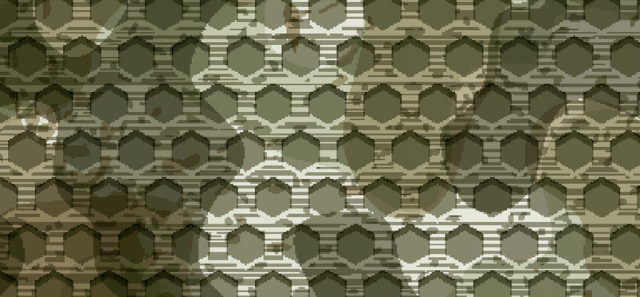Author(s): Niklaus L.; Schott M.
| ISSN: 3005-2092
This work was supported by Bundeswehr Technical Center for Protective and Special Technologies (WTD 52), Oberjettenberg 83458 Schneizlreuth.
Citation:
ABSTRACT
Optical camouflage alone is no longer sufficient, due to the development of sensor-based signal and signature recognition, which can detect different wavelengths of the electromagnetic spectrum (visible [VIS, 380 – 780 nm], near-infrared [NIR, 780 – 2500 nm], thermal infrared [TIR, 8 – 12.5 μm] or radar [2.4 – 3.75 cm]). A modern, high-performance camouflage element should provide protection over the widest possible range of the electromagnetic spectrum and would therefore be called a multispectral camouflage system. This tunability in the VIS and NIR is possible with electrochromic (EC) materials. By applying an electric voltage or current, a colour change of the EC materials is induced, which actively controls the absorption, transmission, and reflection of surfaces and creates an adjustable camouflage pattern.
DOWNLOAD FULL ARTICLE



